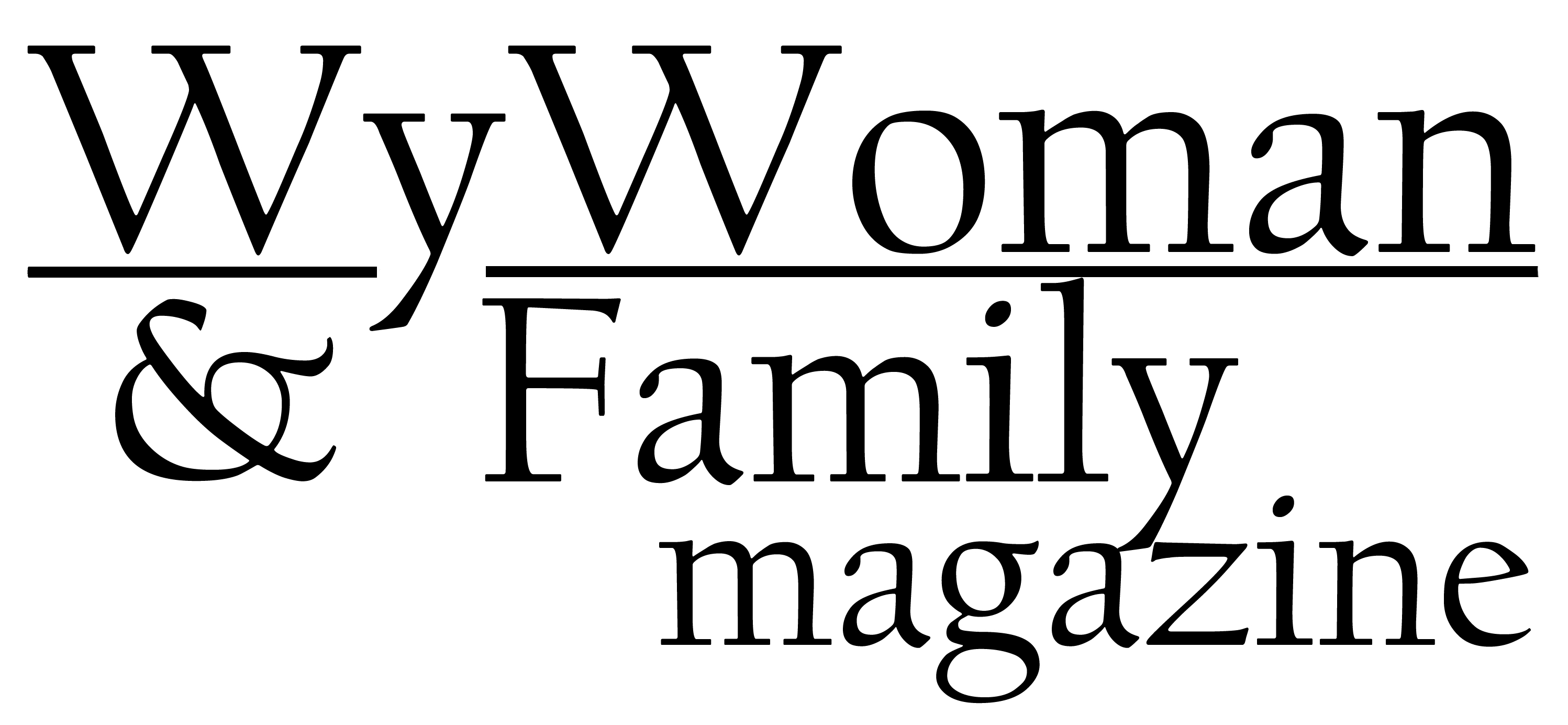In this & future blogs, we’ll feature writing by students of the University of Wyoming’s Family & Consumer Science Department, within the College of Agriculture. A select number of professors have chosen to provide student papers & projects to be displayed via our blog and new e-magazine. Keep an eye out for more topics on parenting, growth & development, learning, relationships, nutrition and more!
“Blood is Going to Come From WHERE?!”
by Jordan Kucera and Alyssa McElwain, PhD, CFLE
Across generations, women can recall their personal experiences in early adolescence when they encountered their first period. For some women, this experience was welcome and expected, whereas others experienced shock, distress, and confusion. Research suggests that these experiences can have either positive or negative associations with becoming a woman based on the information (or lack thereof) young girls receive prior to their first period or menstruation.
On average, girls get their first period around age 12-13; however, there is great individual difference and girls can get their period between ages 9-16. Some parents miss the window of opportunity to prepare their daughters because puberty is occurring at younger ages. Research shows that when discussions take place before puberty, young girls have a more accurate understanding of what will happen to their bodies and a more positive outlook on becoming a woman. For this reason, it is a good idea to begin conversations about puberty sooner rather than later.
Information about menstruation typically comes from our mothers, but also comes from friends, female relatives, books, magazines, school, the internet, movies, and television. These sources may provide conflicting, inaccurate, and even pessimistic perspectives about menstruation. For example, girls sometimes think they cannot use tampons until they are older or that they should not be physically active during their period, neither of which are true. Some girls receive little to no information and feel confused about this important aspect of the female body.
A study conducted with early adolescents (youth ages 10 to 14) who had not yet begun menstruation, found that few girls were knowledgeable about the menstrual cycle. Many girls reported negative attitudes about menstruation and some even compared their menstruation to having an illness. A majority of girls believed that their periods would bring incurable and unavoidable pain that would prohibit them from participating in social activities or attending school. One study found that some girls believe they need to hide their menstruation from family members and friends (especially males). Although a majority of girls thought that having your period was a sign of maturity, many girls persisted in having negative beliefs such as the idea that menstruation is embarrassing, uncomfortable, or even shameful.
Lack of information and misunderstandings about periods can lead young girls to feel overwhelmed and extremely frightened about what is happening to their bodies when they encounter their first period. Research shows that poor overall experiences with menstruation are linked to low self-esteem, poor body image, and issues with sexuality. Accurate information, provided at earlier ages from a variety of sources that include not only the mother, but also informative education programs can allow girls to have a better overall experience and view menstruation more positively.
Knowledge is power and accurate, positive information provides young girls with more optimistic and all-encompassing knowledge regarding the processes involved in maturation. See the talking points below for important information to include in a conversation with the young girl in your life.
Period-Positive Talking Points:
- Menstruation is a healthy and normal part of being female.
- You can continue to have a normal, active life during your period.
- The women in your life have your back! We’ve all been there and are understanding, so don’t be afraid to ask questions or even ask a stranger for a pad or tampon if you need one.
- Girls start getting their period at different ages and bleeding usually occurs for 5-7 days each month, about every 28 days. It’s normal for some women to get premenstrual symptoms (PMS) like cramps, headaches, and bloating before their period.
References
Amann-Gainotti, M. (1986). Sexual socialization during early adolescence: The menarche. Adolescence, 21, 703.
Burrows, A., & Johnson, S. (2005). Girls’ experiences of menarche and menstruation. Journal of Reproductive and Infant Psychology, 23, 235-249.
Newton, V. (2016). Positioning periods in context: Contemporary discourses and dilemmas. In Everyday Discourses of Menstruation (pp. 49-70). Palgrave Macmillan: UK.
Moore, S. (1995). Girls’ understanding and social constructions of menarche. Journal of Adolescence, 18, 87-104.
Rembeck, G., Möller, M., & Gunnarsson, R. (2006). Attitudes and feelings towards menstruation and womanhood in girls at menarche. Acta Pædiatrica, 95: 707–714.
Uskul, A. K. (2004). Women’s menarche stories from a multicultural sample. Social Science & Medicine, 59, 667-679.



